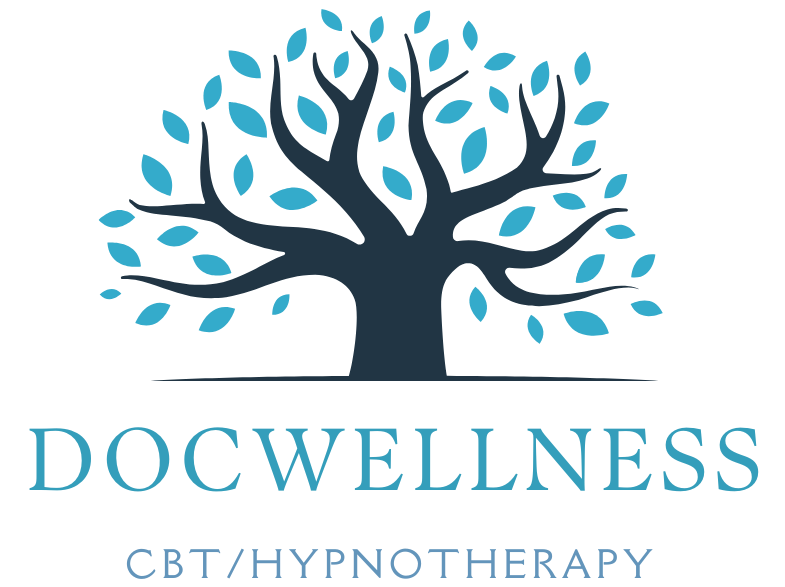Anxiety is a natural response to stress or danger, but for many, it can become a persistent and overwhelming condition. Recognising the signs of anxiety, whether in yourself or someone else, is the first step toward managing it effectively. Here’s a guide to understanding and identifying anxiety.
Physical Signs of Anxiety
Anxiety often manifests through physical symptoms, which can sometimes be mistaken for other health issues.
Common physical signs include:
- Racing Heartbeat: Feeling as though your heart is pounding or racing is a common response to anxiety.
- Shortness of Breath: A sense of difficulty breathing, often mistaken for a respiratory issue.
- Muscle Tension: Tight or aching muscles, especially in the neck, shoulders, or back.
- Sweating: Excessive perspiration, even when the environment doesn’t warrant it.
- Trembling or Shaking: Hands, legs, or the entire body may feel unsteady.
- Fatigue: Persistent tiredness, even after adequate rest, due to the mental and physical toll of anxiety.
Emotional and Cognitive Symptoms
Anxiety impacts how we think and feel. Emotional and cognitive signs include:
- Excessive Worry: Constantly feeling worried or stressed, even about minor or non-existent threats.
- Irritability: Becoming easily frustrated or angry without a clear reason.
- Restlessness: Feeling “on edge” or unable to relax.
- Difficulty Concentrating: Trouble focusing or remembering things due to intrusive anxious thoughts.
- Sense of Impending Doom: A vague but overwhelming feeling that something bad is about to happen.
Behavioural Indicators
Behavioral changes are often a telltale sign of anxiety:
- Avoidance: Steering clear of places, people, or situations that might trigger anxiety.
- Compulsive Behaviors: Repetitive actions, such as checking or organising, as a way to manage anxious thoughts.
- Changes in Sleep Patterns: Struggling to fall asleep, stay asleep, or experiencing restless sleep.
- Overthinking: Replaying scenarios or worrying excessively about potential outcomes.
Types of Anxiety Disorders
Anxiety symptoms can vary depending on the type of anxiety disorder:
- Generalized Anxiety Disorder (GAD): Persistent and excessive worry about various aspects of life, such as work, health, or relationships.
- Panic Disorder: Sudden and intense episodes of fear or terror, often accompanied by physical symptoms like chest pain or dizziness.
- Social Anxiety Disorder: Fear of social situations and being judged or embarrassed.
- Phobias: Intense fear of specific objects, places, or situations, such as heights or spiders.
- Obsessive-Compulsive Disorder (OCD): Intrusive thoughts (obsessions) and repetitive behaviors (compulsions).
- Post-Traumatic Stress Disorder (PTSD): Anxiety triggered by experiencing or witnessing a traumatic event.
When to Seek Help
While occasional anxiety is a normal part of life, it becomes problematic when it:
- Interferes with daily activities, work, or relationships.
- Persists for weeks or months without improvement.
- Causes physical health issues like frequent headaches, stomach problems, or chronic fatigue.
Seeking help from a mental health professional is vital if these symptoms persist or worsen. Therapy, medication, or lifestyle changes can significantly improve quality of life. This is where CBT and hypnotherapy can really help.
Supporting Someone with Anxiety
If you notice signs of anxiety in someone else, here’s how you can help:
- Listen Without Judgment: Provide a safe space for them to express their feelings.
- Encourage Professional Help: Gently suggest seeing a therapist or doctor if their anxiety impacts their daily life.
- Offer Practical Support: Help them manage tasks that feel overwhelming.
- Educate Yourself: Learn about anxiety to better understand their experience.
Anxiety is a common condition, but it doesn’t have to control your life. By recognising the signs and seeking appropriate support, it’s possible to manage anxiety effectively and live a fulfilling life. Contact us today if you would like help managing your anxiety.

